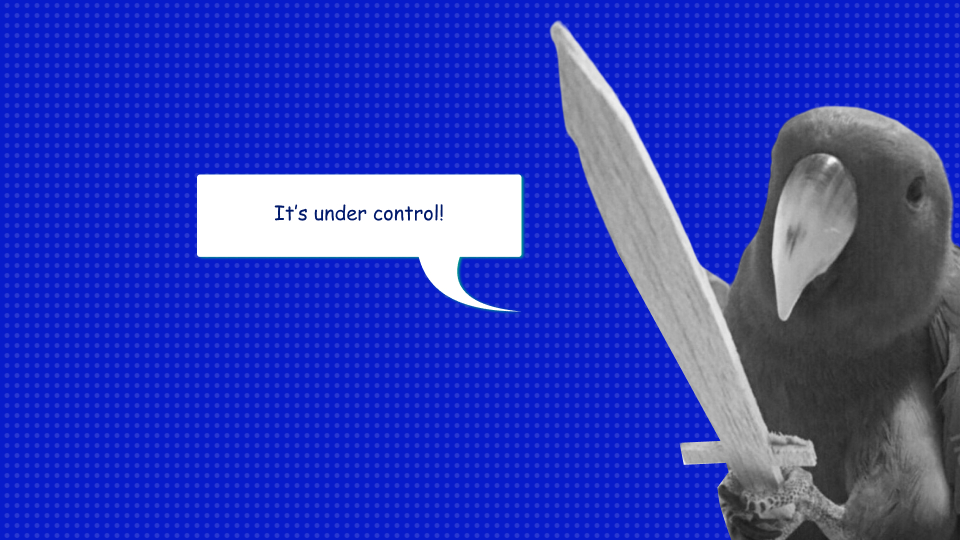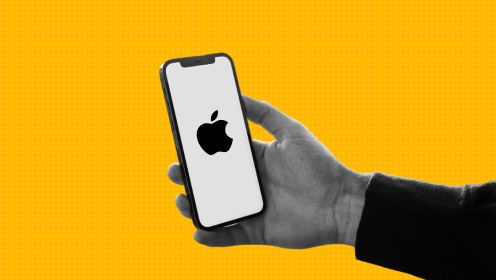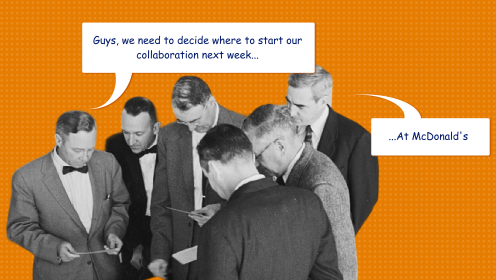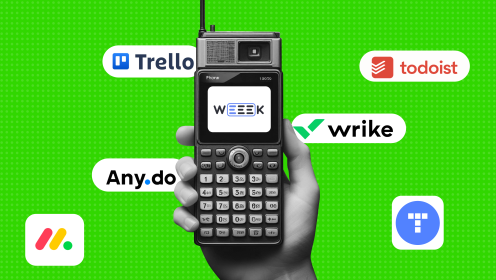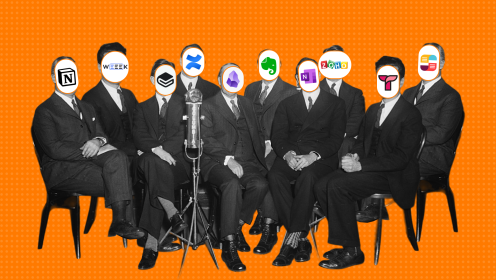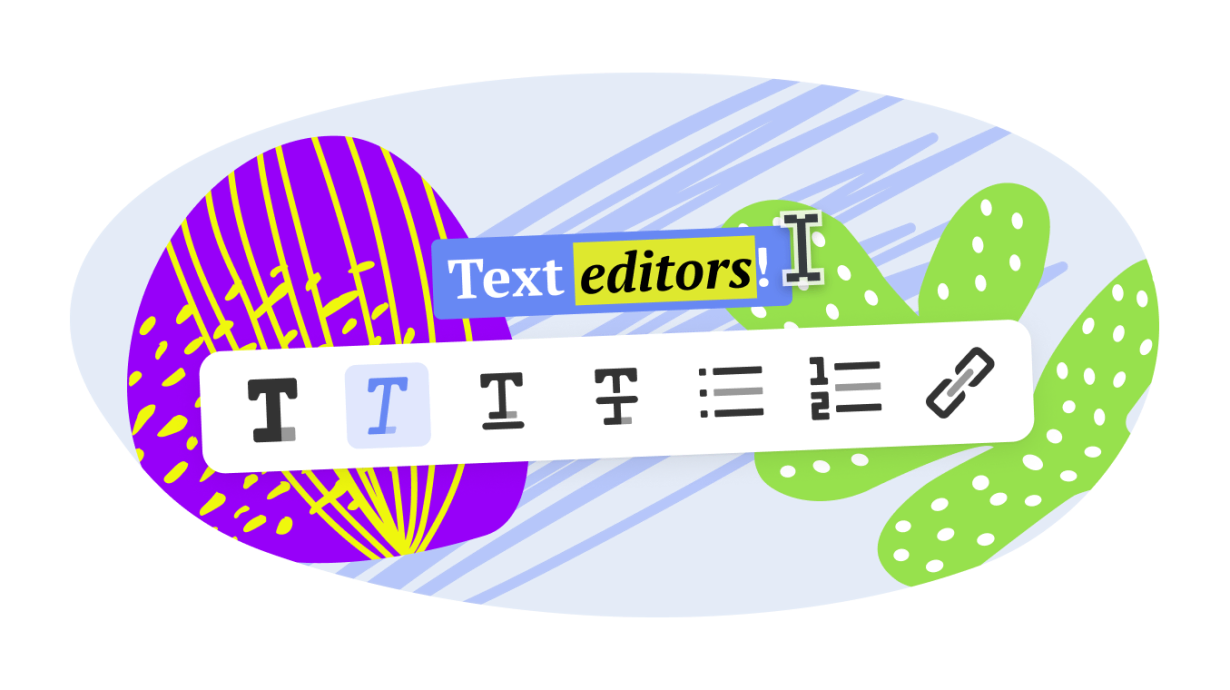When your team has more than one person and tasks exceed two, the synergy of memory-chats-sticky notes-reminders-on-the-phone no longer works. Task management programs come to the rescue. They help manage the workload, plan time, foresee peak loads, discuss tasks, store links and files, generate reports—essentially automating and simplifying work, ensuring nothing gets lost, and keeping important things at hand.
How to Choose the Right Task Management System for Your Team
All task management programs are similar in basic functions: task recording, setting deadlines, assigning executors, and collecting documents. The differences start with built-in solutions—synchronization and integration, notifications, automation, and interface flexibility. In short, a good task management tool will encompass all team operations.
The exact program needed depends on the team—its size, needs, the number of tasks, the scale of projects, and their quantity. We will compare 10 such services and explain how they differ from each other.
WEEEK
A Russian system for task management and project tracking at any level. This solid task tracker includes boards, a calendar, and a Gantt chart. It offers board automation, task dependencies, and multiple boards within a single project.
Additional Modules:
- Knowledge Base
- Analytics
- CRM
- Users
You can pay for advanced service features as needed. For example, if you don't require an extensive Knowledge Base, you can use the free version and only pay for the Task service.
How to Use: available on the web, as well as apps for Windows, Mac, iOS, and Android.
Pricing: free for teams of up to five people. Beyond that, starting from the Lite plan, it costs $3.99 per user per month.

Features for Task Management
- Telegram and Slack Notifications. Ensures no one misses important updates.
- Team Work Segmentation. Easily divide work by teams within a project.
- Task Cross-Linking. Link tasks across different boards.
- Task Timer. Track time spent on tasks.
- Workload Analytics. Analyze workload, completed tasks, closed projects, and track user activity.
- Flexible User Settings. Includes Guest role (view-only), various administration levels (Admin and Super Admin), and custom roles that can be configured as needed.
- Tagging in Comments. Mention assignees in task comments.
- Numerous Integrations. Supports integration with various third-party services.
Drawbacks
- Not all features are intuitive.
- Notification glitches. Sometimes unable to access the task directly from notifications.
Asana
A well-known and robust planner, a market giant! It can handle all project-related tasks.
How to Use: accessible via browser, and available as applications for Windows, Mac, iOS, and Android.
Pricing: starts at $10.99 per user per month. Quite pricey.

Features for Task Management
- Fine-Grained Task Detailing. From subtasks and dependencies to epics and high-level planning.
- Custom Fields and Numerous Tags. Allows for extensive task categorization.
- Goal Setting and Tracking. Set and monitor objectives.
- Flexible Notification Settings. Tailor notifications for tasks.
- User-Friendly Interface. So well-designed that the tracker feels as simple as a hammer.
- Free Plan for Up to 15 Users. More than many other trackers.
- Unlimited Tasks on Free Plan. No cap on the number of tasks.
Drawbacks
- Many features behind a paywall.
- One project, one board. Cannot run multiple processes in parallel.
Asana is a powerful tracker. The catch is that proper use requires effort. They even have their own academy for a reason!
Planfix
A comprehensive tool with extensive project management capabilities. It offers numerous features for organizing the work of large teams and provides excellent project templates, including customizable ones. Most functions are available on the basic plan.
How to Use: accessible via browser and available as apps for iOS and Android.
Pricing: starts at €3 per user per month.

Features for Task Management
- Various Task Types. Linked, recurring, summary tasks, and more.
- Checklists and Task Templates. Reusable templates for efficient task management.
- Standard Report Generation. Create regular reports easily.
- Numerous Integrations. Supports various integrations for building B2C processes.
Drawbacks
- Complex interface.
- Confusing logic for features available on the free plan.
Planfix requires significant time to understand and train the team. However, once mastered, it can be configured for omnichannel customer work, marketing communications, and HR tasks.
Todoist
A minimalist task tracker with essential features. Ideal if all you need is task tracking. It seems perfect for combining a personal planner with a work planner: it offers separation into personal projects and a workspace that can be shared with a team.
How to Use: accessible via browser (with an available extension), and as apps for Windows, Linux, Mac, iOS, Android, and even smartwatches.
Pricing: starts at $6 per user per month.

Features for Task Management
- Auto-Completion of Tasks by Keywords. For example, dates.
- Excellent Tagging and Priority Label System. Efficient task categorization.
- Versatile Comments. Leave comments on tasks as text, audio, emoji, or integrate with external services.
- User-Friendly Interface. Arguably the most pleasant UI among task trackers.
Drawbacks
- Limited View Options. Only board and list views are available. The calendar is oddly separated.
Simplicity at its best. Todoist is straightforward in a good way. It deserves inclusion in this list because it is aesthetically pleasing and highly effective!
YouTrack
A tracker seemingly tailored for IT, but its use cases include marketing, support, and design. Boards can be divided into lanes—called swimlanes in YouTrack—to distribute task types and segment team work.
How to Use: accessible via browser, and available as apps for iOS, Android, Windows, and MacOS. A self-hosted version is also available.
Pricing: сloud version starts at $3.67 per user per month. The more users, the cheaper it gets.

Features for Task Management
- Sprint Division. Organize tasks into sprints for better project management.
- Burndown Chart. Track progress and performance visually.
- Convenient Task Search. Easily find tasks with advanced search capabilities.
Drawbacks
- Overloaded Interface. Can be cluttered and unfamiliar to new users.
- Complex Menu Navigation. Simple actions, like changing column headers, require navigating through submenus.
YouTrack is an IT-focused tool. Best suited for IT teams, but can be used for other types of projects as well. It is a serious tracker offering full access without paywalls, making it a robust choice for IT teams. However, it requires some effort to master.
Ganttpro
As the name suggests, this service is focused on Gantt charts. However, it also includes boards.
How to Use: accessible via browser and available as apps for iOS and Android.
Pricing: starts at $7.99 per user per month.

Features for Task Management
- Unlimited File Storage. No limits on file storage.
- Extensive Task Sorting Options. Numerous ways to organize and sort tasks.
- Bulk Task Editing. Allows for mass editing of tasks.
Drawbacks
- No Free Plans. Only trial versions are available.
Ganttpro is ideal for teams that prefer visualizing tasks as Gantt charts. The interface is not simple, but it is easier to grasp compared to other complex services.
ClickUp
A versatile all-in-one task management tool suitable for various industries and team sizes. ClickUp offers a comprehensive set of features designed to enhance productivity and collaboration.
How to Use: accessible via browser, and available as apps for Windows, Mac, iOS, and Android.
Pricing: starts at $5 per user per month, with a free plan available.

Features for Task Management
- Multiple Views. Options include List, Board, Calendar, Gantt chart.
- Customizable Workspaces. Tailor the workspace to fit the specific needs of your team and projects.
- Goals and OKRs. Set, track, and manage goals and key results.
- Time Tracking. Integrated time tracking to monitor task durations.
- Task Dependencies. Define task dependencies to manage project flows.
Drawbacks
- Steep Learning Curve. The extensive features can be overwhelming for new users.
- Occasional Performance Issues. Some users report slow loading times and performance hiccups.
ClickUp is a powerful task management tool that offers a high degree of customization and flexibility, making it suitable for teams looking to streamline their workflows and improve productivity.
Monday.com
A flexible and highly customizable task management platform designed for teams of all sizes and industries. Monday.com offers a visual approach to task and project management, making it easy to track progress and collaborate.
How to Use: accessible via browser, and available as apps for Windows, Mac, iOS, and Android.
Pricing: starts at $8 per user per month, with a free trial available.

Features for Task Management
- Visual Workspaces. Utilize boards, timelines, calendars, and Gantt charts to manage tasks visually.
- Customizable Templates. Create and use templates for different types of projects and workflows.
-
Time Tracking. Built-in time tracking to monitor how long tasks take to complete.
- Integrations. Connect with numerous third-party apps such as Slack, Google Drive, and Trello.
- Collaboration Tools. Includes features like commenting, file sharing, and @mentions for team communication.
- Advanced Reporting. Generate detailed reports to analyze team performance and project progress.
Drawbacks
- Pricing Structure. Can be expensive for larger teams due to per-user pricing.
Monday.com is an intuitive and highly adaptable task management tool that enhances team collaboration and productivity.
Wrike
Wrike is a powerful project management and task collaboration tool designed to help teams streamline their workflows and improve productivity. It offers a variety of features that cater to different team sizes and industries.
How to Use: accessible via browser, and available as apps for Windows, Mac, iOS, and Android.
Pricing: Starts at $9.80 per user per month, with a free version available for small teams.

Features for Task Management
- Task Management. Create, assign, and track tasks with ease.
- Gantt Charts. Visualize project timelines and dependencies.
- Time Tracking. Monitor the time spent on tasks and projects.
- Collaborative Proofing. Streamline the review and approval process with built-in proofing tools.
- Custom Workflows. Tailor workflows to match your team's processes.
- Real-Time Reporting. Generate and share detailed reports on project progress and team performance.
- File Sharing. Easily upload, share, and collaborate on files within tasks and projects.
- Integrations. Connect with popular tools like Google Drive, Slack, and Salesforce.
Drawbacks
-
Cost. Can be expensive for larger teams, especially when additional features are needed.
- Complexity. Some users may find the interface complex compared to simpler task management tools.
Wrike is a robust task management solution that offers comprehensive features for managing projects and improving team collaboration.
Trello
Trello is a popular and user-friendly task management tool known for its simplicity and visual approach. It uses boards, lists, and cards to help teams organize and prioritize tasks.
How to Use: accessible via browser, and available as apps for Windows, Mac, iOS, and Android.
Pricing: free for basic features; premium plans start at $5 per user per month.

Features for Task Management
- Boards, Lists, and Cards. Organize tasks visually using a kanban-style board.
- Drag-and-Drop Interface. Easily move tasks between lists to reflect progress.
- Labels and Tags. Categorize tasks with color-coded labels and tags for better organization.
- Checklists. Break down tasks into smaller steps with checklists within cards.
- Due Dates and Reminders. Set deadlines and receive notifications to stay on track.
- File Attachments. Attach files directly to cards for easy access.
-
Collaboration. Add comments, mention team members, and track task activity within cards.
Drawbacks
- Limited Advanced Features. The free version lacks some advanced project management features available in other tools.
- Scalability. May not be suitable for very large projects or complex workflows.
- Dependency Management. Lacks robust tools for managing task dependencies and timelines.
Trello is an excellent choice for teams looking for a straightforward and visual way to manage tasks. Its simplicity and ease of use make it ideal for small to medium-sized projects. However, larger teams or projects with complex requirements might need more advanced features than Trello's basic offerings.
How to Effectively Assign Tasks to Employees
Assigning tasks haphazardly can leave your project in dire straits, no matter which task tracker you use. To ensure that these tools help rather than hinder your team, tasks need to be detailed and well-defined.
- Clearly Define the Task Title. The title should be specific and action-oriented. Instead of vague titles like "Exhibition Release," use "Write a Press Release for Artist N's Exhibition Opening."
- Include Detailed Information in the Task Card. Take advantage of the detailed information features in task trackers. Attach files, links, briefs, and any relevant documents. This ensures everything is in one place, and the assignee doesn't need to hunt for information.
- Set Deadlines. Assign deadlines to tasks so the team can prioritize effectively. This is especially crucial when multiple tasks are being handled simultaneously.
- Assign Task Owners. Clearly designate who is responsible for each task. This is particularly important for remote teams to avoid task assignments getting lost in chat messages.
- Utilize Task Tracker Features. Break down larger tasks into subtasks, link related tasks, and encourage team members to use timers on task cards to track time spent.
📌 Detailed task descriptions will be valuable for retrospectives. One day, you'll need to know what the team was working on from November 27 to December 1, 2023, and your future self will thank you for your meticulousness!








